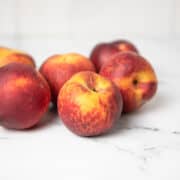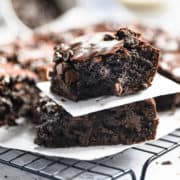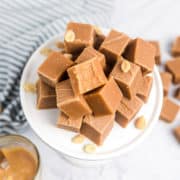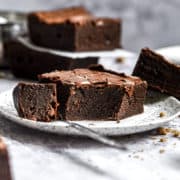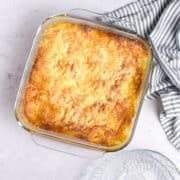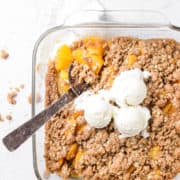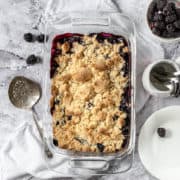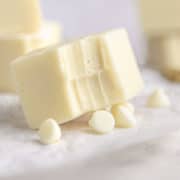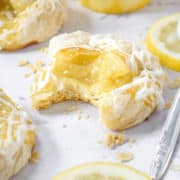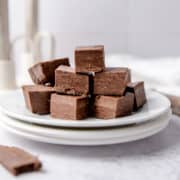A juicy, delicious fruit that needs no introduction, fresh peaches are always popular. Their soft, juicy flesh and delicate, fuzzy skin make them a real treat and there are plenty of dishes you can make with this fruit.
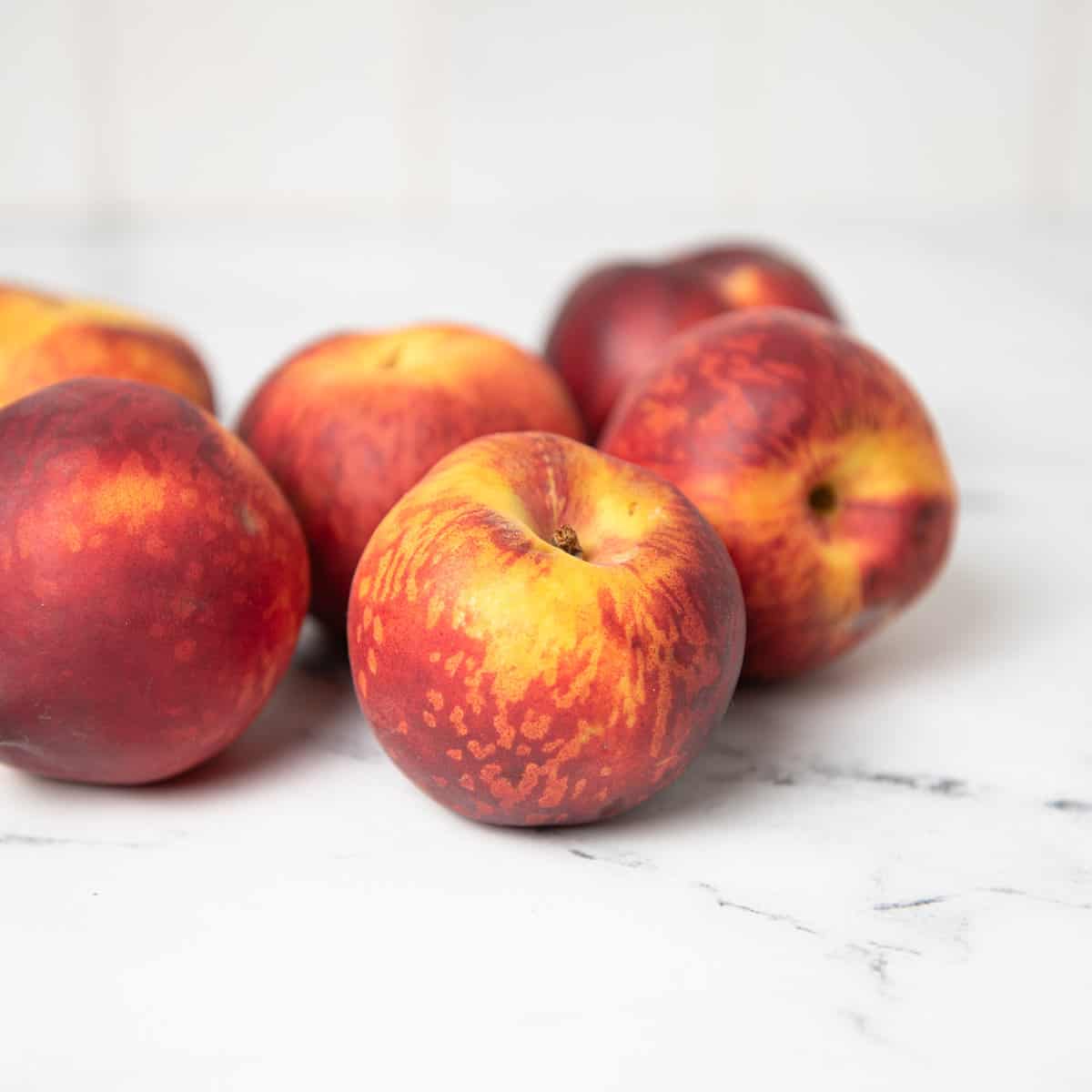
Jump to:
Well-loved peach desserts include peach crisp, peach cobbler, and peach cheesecake. Many recipes allow you the choice of frozen, canned, or fresh peaches, but since this fruit is so delicious when perfectly ripe and fresh, I recommend grabbing plenty during the peach season so you can make a variety of tasty dishes.
As for nutrition, peaches contain Vitamins A, C, E, and K, along with fiber, niacin, potassium, manganese, and copper. Canned peaches have about the same amount of vitamins and minerals as long as they aren't peeled, although fresh ones are higher in antioxidants.
I love to use peaches in savory recipes, such as salsa. You can toss chopped fresh peach with tomatoes, cucumber, fresh mint or cilantro, lime juice, and chilies to make an amazing topping for grilled fish or chicken.
What are Peaches?
Peaches (Prunus Persica) are yellow or white-fleshed fruit. It's believed they've been growing in China for more than 8,000 years and are related to cherries, almonds, apricots, and plums. The peach is considered a "stone fruit" because the flesh surrounds a single, large seed.
They can be used in breakfast recipes such as overnight oats or served as desserts. A fresh peach also makes a mouthwatering snack and is a tasty addition to a box lunch. Peach skins can be eaten or removed and many peach recipes are amazing served with vanilla ice cream.
There are different peach varieties to choose from, which can be categorized into two types:
- Clingstone
- Freestone
Clingstone peaches have soft fruit attached to the pit or stone of the peach and are delicious eaten fresh. They're usually juicier, smaller, and sweeter than freestone peaches, and are nice for preserving or canning.
Freestone peaches are also delicious and with these, the soft fruit isn't attached to the stone. And then you have semi-clingstone peaches which have the sweetness of clingstone peaches and of course it's easier to remove the peach flesh from the stone.
How to Select the Best Peaches
It's useful to know you can buy peaches at various stages of the ripening process. Unripe peaches will continue to ripen after being picked, while perfectly ripe ones are ideal for eating right away or storing for a day or so.
A yellow-fleshed peach should have a reddish blush along with a golden color. The lighter the yellow, the less ripe the peach. Don't buy greenish peaches or those with bruises or scratches. Wrinkled peaches were probably stored for too long after harvest and won't taste good either.
A fresh peach will have a pleasant, sweet smell, while one without any smell probably won't have much taste either. Squeeze a peach gently to figure out how fresh it is.
A very hard peach was picked before ripening and probably won't ripen well. A slightly hard peach can transform into perfectly ripe fruit at home and, since they hold their shape well, are the best type for baking. Soft peaches are ideal to eat right away, while squishy soft ones are overripe but will still taste good if you don't mind the mess.

How to Store Peaches
Ripe peaches are always delicious, but if stored incorrectly, they can spoil fast. Here are some tips for storing peaches.
- Ripe peaches should be stored in a single layer, stem down, in the crisper drawer or produce drawer of your fridge. Enjoy them the same or the next day.
- Not-quite-ripe peaches should be stored in a single layer, stem down, at room temperature, with a clean tea towel or paper towel on top. Keep them out of direct sunlight.
- Another idea for peaches yet to fully ripen is to keep them in a brown paper bag on the kitchen counter. This fruit releases ethylene gas which speeds up the ripening process, so check on them every day to gauge the level of ripeness and refrigerate when ripe.
- Chopped or sliced peaches should keep for a few days in an airtight container or plastic bag. You can toss them in lemon or lime juice - a natural preservative - if you want, to prevent the flesh from turning brown, although this shouldn't happen as long as they're in an airtight container.
- Freeze whole or chopped peaches in freezer bags while slightly unripe and thaw and enjoy within 3 months for the best flavor. If you're freezing peach slices, the best way is to freeze them on a baking sheet and then transfer them into freezer bags to enjoy at a later date. Frozen peaches in chunks make a tasty summer snack when the weather is hot.
Check refrigerated peaches often because the dry cold air can cause them to wrinkle and become over-ripe. They should have a shelf life of 2 to 3 days on the counter or up to 5 days in the refrigerator. Long-term storage methods such as freezing, pickling, or making into jams and jellies are also worthwhile if you find yourself with a lot of fresh produce to use up.
How to Tell if Peaches Are Rotten
One of the most reliable indicators of spoiled peaches is how they smell. Rotten peaches smell bad and attract bugs. Dark patches and bruises also indicate the fruit has spoiled, as does the presence of mold.
Because peaches break down inside as they rot, spoiled peaches feel much lighter than fresh ones. If in doubt, throw any suspicious peaches away.
Common Questions
If a peach seems to have smooth, blemish-free skin but is a bit brown inside, the usual reason is the farmer didn't let the fruit ripen before picking it from the peach tree.
Peaches that are going to be exported are typically harvested before they're completely ripe so they don't get bruised and squashed during transportation to local grocery stores. These peaches are sometimes frozen too. So long as there are no other indicators of spoilage, a brown hue inside the peach won't affect its flavor.
A nectarine is a type of peach. The two fruits are very similar, but a nectarine has smooth skin while a peach has a fuzzy one.
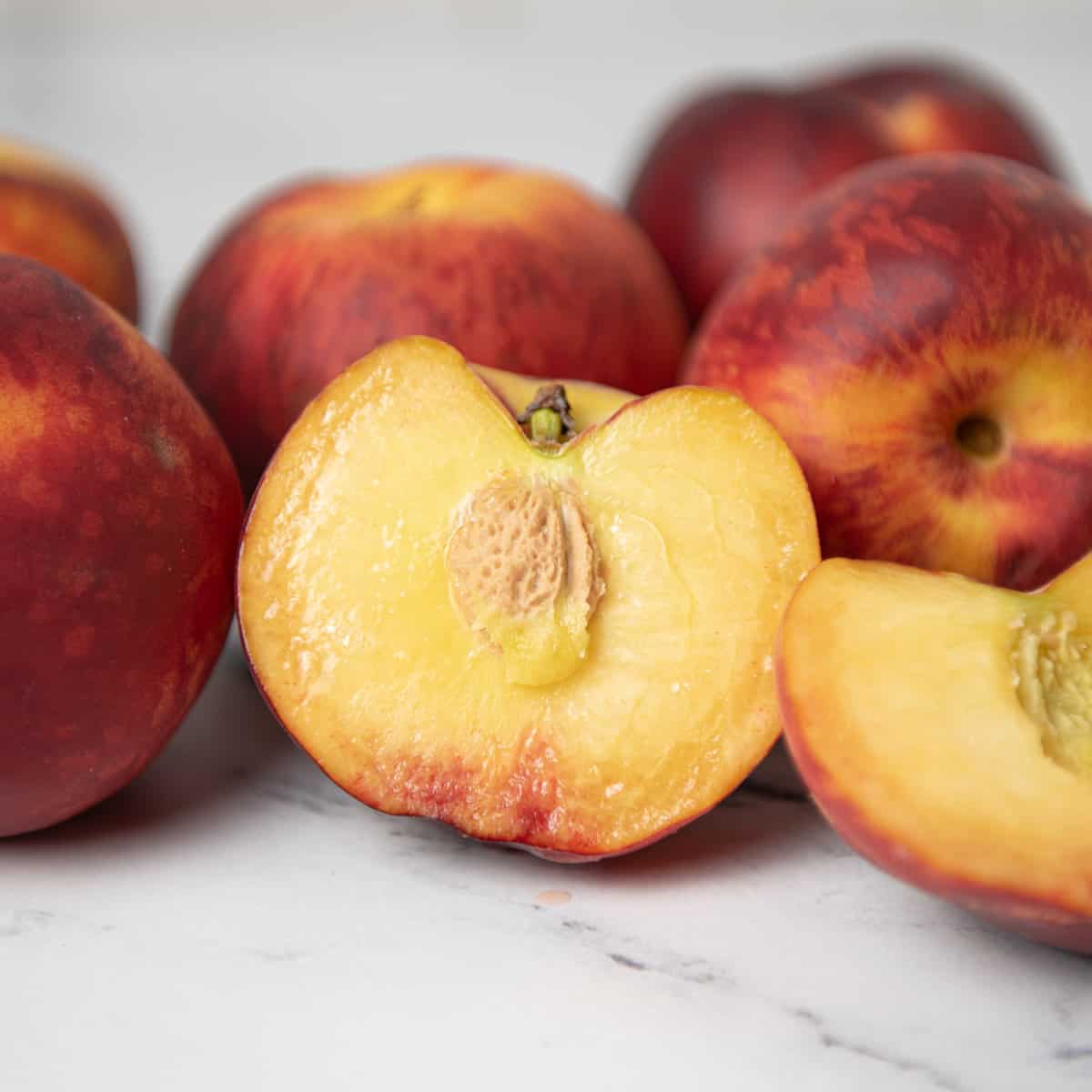
Interesting Facts
- Georgia's nickname is "The Peach State."
- Peaches are a summer fruit and the season for this fresh fruit is from June to August.
- Every year, an 11x5 foot peach cobbler is made in Georgia to celebrate the peach harvest.
Now you're an expert in how to store peaches you can enjoy this year's delicious bounty in all kinds of fabulous peach recipes, or enjoy a perfectly ripe peach by itself.
